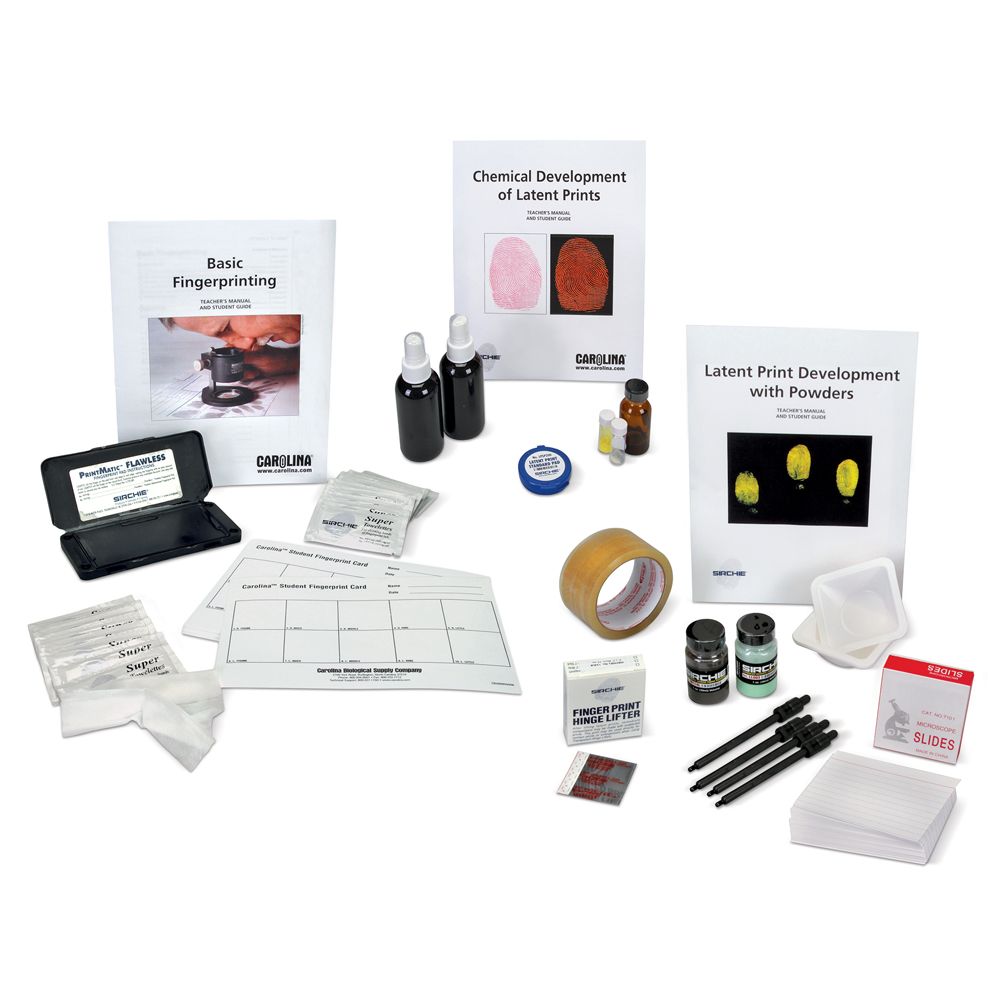Fingerprinting is an essential skill for crime scene investigators, law enforcement, and CTE forensics students. By learning to accurately identify types of fingerprints, which development and collection methods to apply for each fingerprint type, and how to analyze prints by ridge patterns and minutiae for determining matches, students will be prepared to process crime scenes they may encounter in the field.
Our instructional handout, video demonstration, and poster for classroom support will help you get started.

Our individually packaged disposable towelettes remove fingerprinting ink from hands with ease.
At Carolina, we believe that it is essential for students to master foundational lab skills that will propel them throughout their academic and professional careers. We created a series of resources designed to help both teachers and students develop the lab skills needed to succeed.
A downloadable PDF to print and share with your class.
Introduce students to developing and collecting fingerprints with this walkthrough video.

“Fingerprinting” is available to download.
Easy-to-follow activities for students to practice their ink, powder, chemical, and fuming fingerprinting skills.
At Carolina, we believe that it is essential for students to master foundational lab skills that will propel them throughout their academic and professional careers. We created a series of resources designed to help both teachers and students develop the lab skills needed to succeed.
Get the latest news, free activities, teacher tips, product info, and more delivered to your inbox.
We use cookies to enhance your browsing experience, serve personalized ads or content, and analyse our traffic. By clicking "Got It", you consent to our use of cookies. Privacy Policy